Yohannes Geta spent two years watching the Wyen Amba River trickle past his home in Bole District, Wereda 11, on the southeastern outskirts of the capital. The river sometimes carried soil and construction debris, which he assumed came from upstream building sites.
By late March, as dusk fell on a humid night, that quiet current transformed into a “violent surge,” he recalled. Water foamed over the riverbanks, poured through the cracks in his masonry walls and flooded every room.
“The river overflowed and flooded through our house,” Yohannes said. “We lost everything. All of my children’s textbooks, school records, notes, and photos were destroyed.”
Yohannes, a father of four who works as a day labourer on construction sites, had spent years building the home that sheltered his family. That single night washed it all away. He now sleeps in a relative’s house and fears returning as the rainy season approaches.
“I’ve been displaced from the house where I married my wife and raised my children,” he told Fortune.
He is convinced the flood owed less to the clouds above than to what was clogging the riverbed. In the months before the deluge, he watched piles of soil and cement waste slide off nearby construction sites and settle in the channel. When heavy rain came, the river, blocked by sediment and debris, could not carry the water downstream. It poured into homes.
Some neighbours fled. Others, like Kassa Pola, stayed only because they had no choice.
“We’re scared when it rains, but we have nowhere to go,” Kassa said.
He pointed downstream, where the water sometimes glints with chemicals after dark. He blamed factories in the area for dumping industrial waste into the river when no one was watching. Several garment and textile plants are nearby, and the Lemi Industrial Park is not too far off. The city administration also has a biological sewage treatment facility and a waste disposal place across the street from the Park.
“The sewage system is clogged with mud,” he said. “The water has nowhere to go but our homes.”
Local officials do not dispute the charge of blocked drainage or the lack of flood defences.
Desisa Tona, director of Disaster Risk Research & Investigation at the Addis Abeba Fire & Disaster Risk Management Commission, counted some 400 residents at risk in this neighbourhood alone. Officials at the Urban Beautification & Green Development Bureau say they are working to relocate these families. Several houses line the riverbanks and gullies without building permits, according to Girma Seyfu, head of the Bureau.
A torrent of muddy water sweeping through Addis Abeba is hardly unprecedented. In mid-August 2021, one of the city’s fiercest floods in decades swallowed streets, tore through tin-roofed homes and claimed at least seven lives. Rainfall forecasts warned of heavy storms through August 21, but for many residents, it was already too late. Whole neighbourhoods spent days picking through the wreckage, tallying the cost of what officials described as “extensive damage.”
The city’s vulnerability is rooted in its geography and its growth. Three rivers — the Bantyeketu, the Kebena and Akaki — thread through a basin ringed by hills. The Akaki River, the city’s largest and a tributary of the Awash, slips beneath the ring road at dawn carrying more plastic bags than fish. Once it ran for 53Km from the highlands to the Aba-Samuel reservoir. Today, researchers call parts of it “dead rivers,” while the Little Akaki, poisoned by sewage and industry, is labelled an “open sewer.”
However, the Akaki system remains the city’s lifeline. Its two branches, Great and Little, and a network of feeders, Kebena, Kechene, Kurtume, Yeka and Ginfile, drain neighbourhoods from forested hills to concrete flats. In Kolfe Keranio District, home to 546,219 people, the Kurtume stream doubles as a boundary and dumping ground. The Kebena catchment tells the story of urban sprawl. Denkaka is 44pc farmland, Little Kebena 60pc forest, Ginfile 90pc streets and roofs.
All these surfaces bleed waste into the waterways. Industries pipe untreated discharge; households toss rubbish; farms rinse pesticides. Researchers warn that the Akaki River system has become a waste disposal site, leaving downstream families such as Yohannes and Kassa to drink the poisoned flow and gardeners to irrigate vegetables destined for city tables. Officials plan to tap groundwater to fill the gap, but the pollution will seep below without cleaning the surface system.
Still, life goes on. The Akaki-Aba-Samuel wetlands host as many as 20,000 migratory waterbirds each season, earning protection from BirdLife International, proof, perhaps, of what could be reclaimed. The United Nations Environment Programme and the Ethiopian Cleaner Production Centre have launched the Akaki River Initiative, hoping to craft an integrated rescue plan for what they call Ethiopia’s most polluted river.
Urbanisation has poured concrete and corrugated-iron roofs into the basin at an astounding pace. Over the past decade, nearly 10pc of all new construction rose inside what hydrologists call the present-day 100-year floodplain. Informal settlements, a.k.a Chereka Bet, bear the heaviest burden. Roughly four in five residents live in these quarters, where drainage is scarce and insurance nonexistent. Researchers estimate that 10pc of buildings in informal districts would be inundated in a 100-year flood, compared with 9.5pc elsewhere.
Droughts bake the soil until it turns to brick, so when rain finally falls, it runs off instead of soaking in. Models predict that extreme drought conditions will be 53pc more common between 2040 and 2060 than they are today. Addis Abeba currently endures about three months of extreme drought a year, according to the Palmer Drought Severity Index; scientists expect that figure to rise by another 1.6 months annually in the coming decades.
When the skies open after such a drought, there is nowhere for the water to go.
Sometimes the danger arrives with brutal speed. In March 2023, residents of Lafto District awoke to roaring floodwaters. In Mango Sefer, Woreda 12, a riverside house tore loose from its foundations and swept downstream. A mother, 46, and her children, aged three, 13 and 15, were lost in the torrent. Neighbours and emergency crews worked for hours before recovering the bodies. The tragedy, unfolding during the Belg rainy season, demonstrated how little warning riverside communities receive, and how little protection they have.
“Most of the people living in these areas are there illegally,” Girma Seyfu told Fortune. “This puts them directly in harm’s way, especially during the rainy season. The only permanent solution is to evacuate the area entirely.”
Addis Abeba receives nearly 70pc of its average 1,400Mlt of annual rainfall between June and September. Historic floods in 1978 and 1994 displaced thousands when the Little Akaki and Bantyiketu rivers burst their banks. But Mamo Kassegn, a hydrometeorologist at Addis Abeba University, has more reasons than blaming the rainfall alone.
“Land use is the problem,” he argued. “The city receives between 1,100 and 1,300 millimeters of rain annually, but that alone does not cause floods.”
Mamo says development has marched ahead without environmental research to guide it. Much of the ground is sealed under concrete and asphalt, leaving water and no soil in which to sink. Garbage adds another layer, blocking channels meant to ferry runoff away.
“A large portion of the city’s surface has been paved over,” he told Fortune. “This urban sprawl, combined with an inadequate waste management system, has become a major contributor to recurring flood events.”
Design flaws compound the problem.
“The structural shortcomings of the drainage infrastructure further complicate matters,” he said. “Manholes are all the same size and spaced too far apart. Flood-prone areas need bigger and more frequent outlets.”
Mamo favours tailored engineering where manhole size and spacing are adjusted to each district’s topography, and systematic clearing of drainage lines. Until that happens, he tells riverbank residents to take matters into their own hands.
“Do what you can to protect your homes,” he said.
Indeed, the city’s drainage infrastructure strains under repeated onslaughts. In June 2018, floodwater shut down CMC Roundabout, paralysing traffic from four directions and halting the east–west light rail for more than three hours. Three years earlier, inundations near the Ambassador Theatre, Arat Kilo and Piassa forced hundreds from their homes. The southern half of the city, where slopes flatten out, is especially exposed. Rapid development in Nifas Silk-Lafto District has pushed more families into harm’s way, while Addis Abeba’s concrete core funnels runoff into already overloaded channels.
Official estimates of financial losses are patchy, but the pattern is clear. Every road washed out, every shop wrecked, every family displaced carries a cost that ripples across the economy. As new buildings march into floodplains, the bill only gets bigger. Every Birr sunk into vulnerable plots risks being washed away.
At the root of the crisis is a planning system unfit for the weather it now faces. Many drainage canals were built to handle only a five-year flood, a standard too low even before climate change. Frequent and haphazard construction digs up earth, reroutes runoff and leaves slopes bare. Green spaces, nature’s own sponges, have dwindled, a loss blamed for 40pc of the city’s flooding and landslides. As cropland gives way to asphalt, more water races across the surface in search of an outlet.
The Fire & Disaster Risk Management Commission says more than 15,000 residents across the capital could face flooding this summer, with 131 areas classified as high risk. The assessment weighs topography, sewage condition, river proximity, construction materials, and density. Addis Ketema, Kirkos, Aqaqi Qality, and Bole districts top the list.
In Addis Ketema’s Menalesh Tere neighbourhood, 156 residents are pencilled in red. Here, the Gaze Tere River often tests thresholds. One family belongs to Desalegn Tefera, 83, who has lived beside it for over five decades.
“It enters our house every summer,” he told Fortune.
He fears eviction will come first this year. Merga Fufa, manager of Wereda 01 in Addis Ketema District, challenged the Commission’s numbers, disclosing that only 49 families face acute danger.
“Six homes flooded during the last rains,” he recalled. “Crews are cleaning sewers and preparing for relocations.”
The debate does little to calm those who hear thunder on the horizon. Desisa reminds residents in low-lying or riverbank areas, especially where drains are blocked, not to rely solely on government help. He urged residents to clean the nearby drains and dig small channels, “doing what they can to protect their homes.”
The Addis Abeba City Roads Authority, responsible for much of the underground network, says it is racing the calendar. Eyasu Solomon, the Authority’s public relations director, disclosed having cleaned and repaired 400Km of drainage lines over the past nine months. Crews are also clearing debris around bridges. Yet, he admits the city’s arteries remain fragile.
“Many manholes on city roads remain uncovered due to theft and damage by vehicles,” he said. “These open manholes often turn into dumping sites for garbage, which worsens the blockage of drainage systems.”
According to Eyasu, a quick-response team will remain on standby around the clock to handle any flooding or drainage-related emergencies.
Tilahun Azagegn, a hydrologist at the Addis Abeba University, supports moving people out of harm’s way.
“It is better to move people before lives are lost,” he said. He urged builders to suspend construction during the rains to stop soil from sliding into drains, and he backs a legal ban on housing near rivers.
Lawmakers have moved on another front. Parliament passed a new bill, drafted by the Ministry of Water & Energy, that criminalises dumping waste into rivers. The measure gives environmental rules legal teeth and complements wider disaster-mitigation plans.
For people like Yohannes, however, laws and plans feel distant. He walked past the ruins of his old home, its walls bowed and cracked, and remembered the night water erased a lifetime of family photographs. He is grateful officials talk about evacuation, but for him, it comes too late. As dusk brings the threat of rain, he watched the river channel, measuring whether the waterway has been cleared.
“We’re waiting for another storm,” he said. “I just hope we will not lose more than we already have.”
Climate models warn the skies are about to dump even more water. Extreme daily maximum temperatures are projected to climb by about 1.7°C between the early-century period of 2000–2020 and the mid-century window of 2040–2060, with warm seasons rising by roughly 1.8°C. Hotter air holds more moisture. When the clouds finally burst, downpours will be heavier, driving floodwaters higher and faster through the city’s crowded gullies.
Longer and harsher droughts bake the soil until it is hard as concrete, stripping it of its ability to absorb water. When the skies open after months of dryness, rain races off the surface, swelling rivers and swamping streets that already struggle with drainage. It is a one-two punch, drought followed by cloudburst, that engineers warn will test flood defences built for another era.
Addis Abeba’s population, roughly five million by the city administration’s estimate, is expected to balloon to nine million by 2035, much of it absorbed by the city’s informal settlements. Those neighbourhoods, pressed onto hillsides and riverbanks, shoulder outsized flood risks. As newcomers arrive, the boundaries of these high-risk zones creep outward, multiplying the number of homes and businesses perched in harm’s way.
In-migration piles pressure on a flood-management system that struggles to cope even now. Each new corrugated-iron roof and unpaved yard diverts runoff, pushing more water into channels never designed for such loads. Urban planners warn that without decisive action, the next generation of residents could inherit a landscape where catastrophic flooding becomes commonplace.
Green space is often touted as one of the cheapest, most effective buffers against flooding, but Addis Abeba’s parks and river corridors are steadily being chipped away. Two obstacles keep resurfacing: agencies routinely brush aside their own plans when pressed by short-term development pressures, and overlapping mandates between city departments and higher tiers of government leave no one clearly in charge. Even where standards exist, barring new construction in known floodplains or mandating drainage measures for large developments, enforcement is weak.
Buildings rise, roads are laid, and another slice of permeable ground disappears.
Researchers foresee wild swings in river flow, shrinking groundwater recharge, higher evaporation and rising demand, all of which threaten water quality and public health. Without stronger flood defences and smarter land-use decisions, Addis Abeba’s annual rainy-season anxiety will deepen into something more permanent.





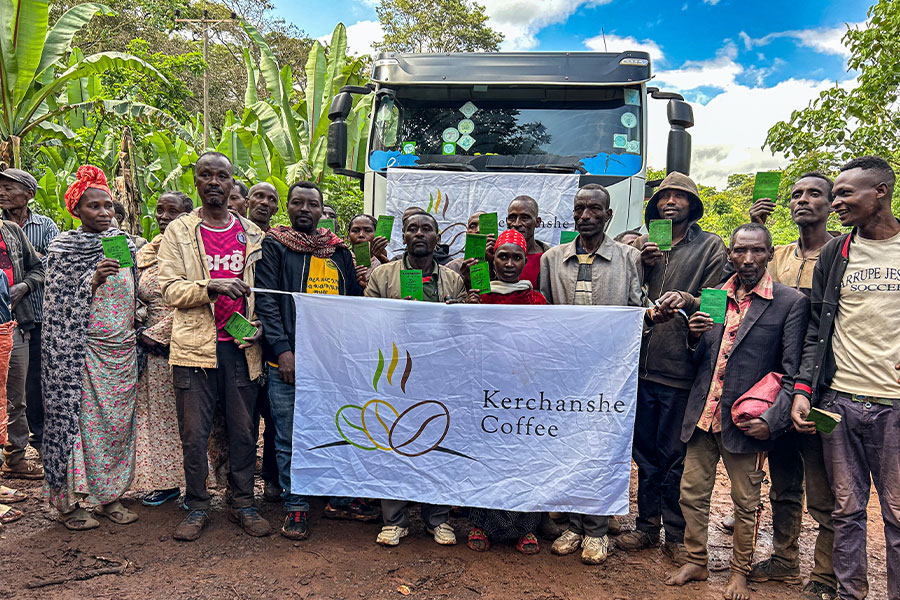
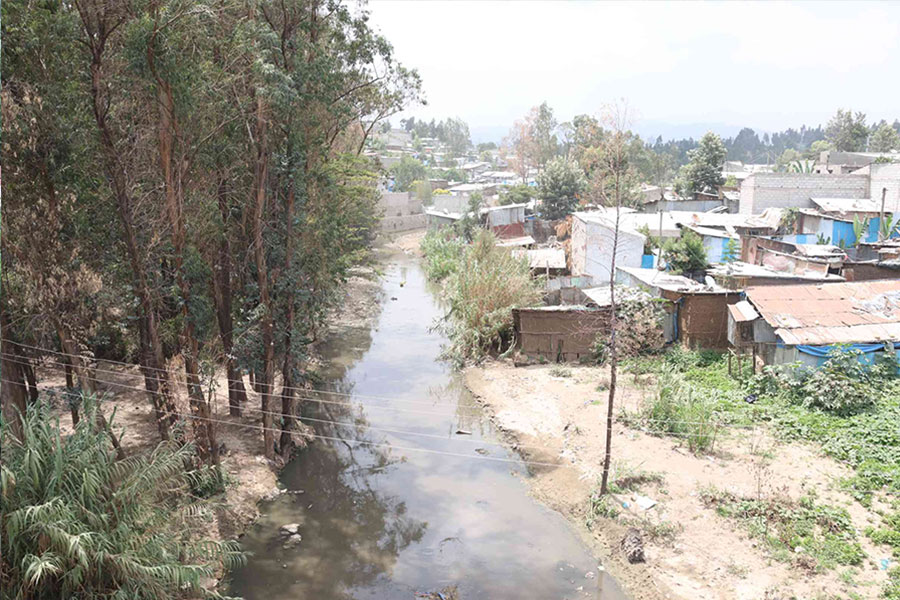
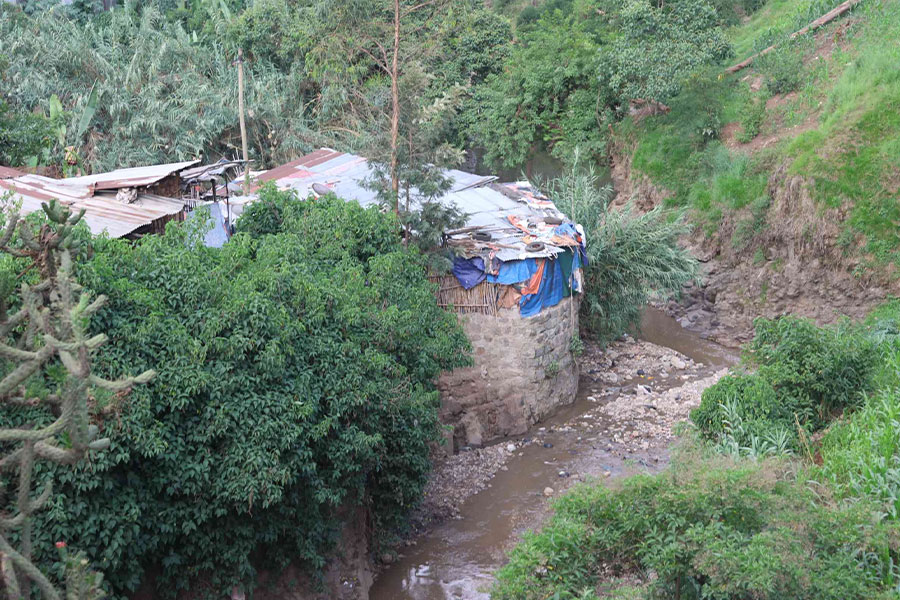
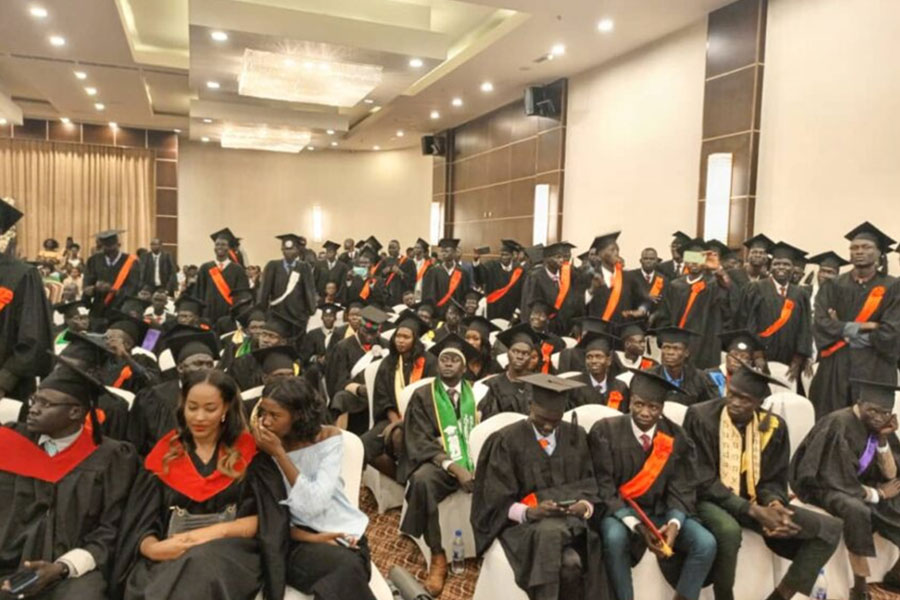
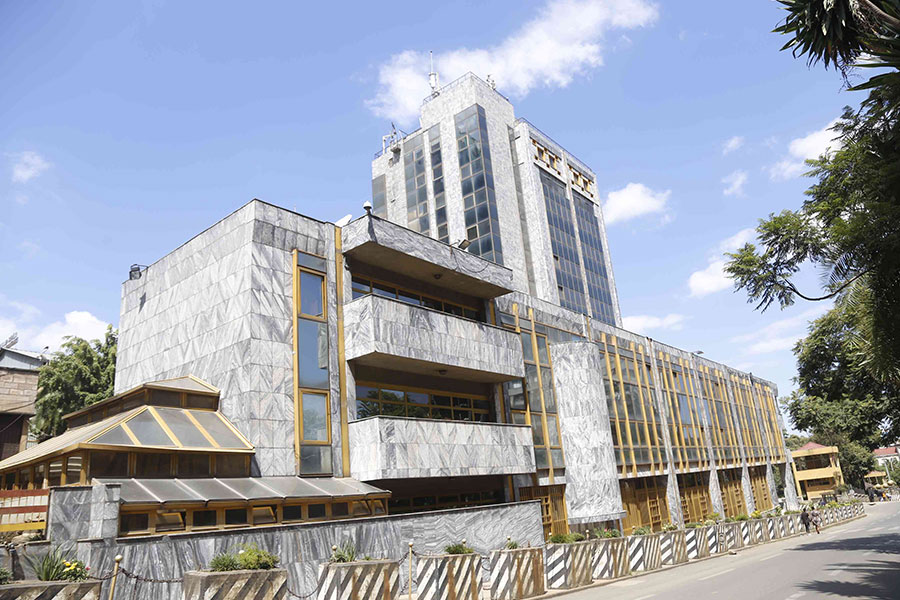

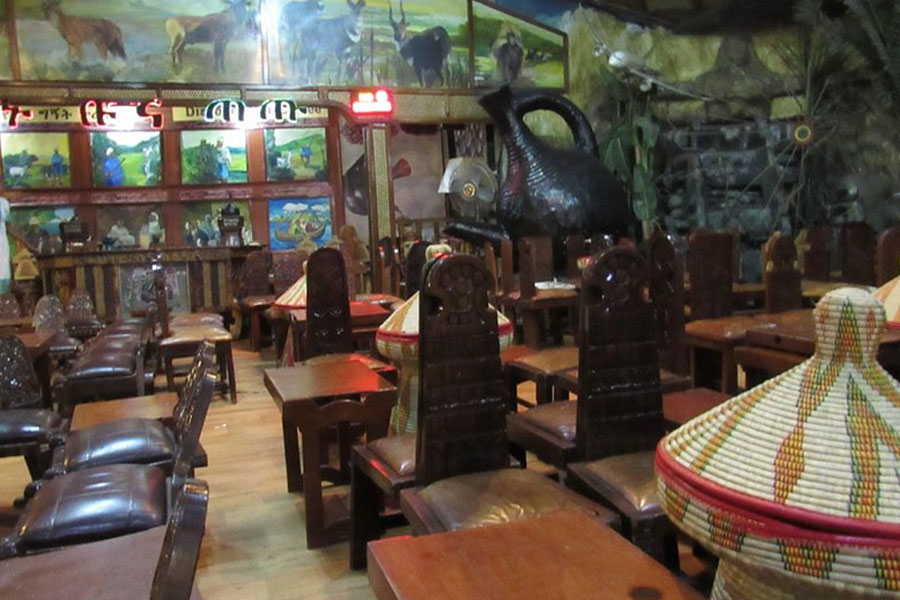


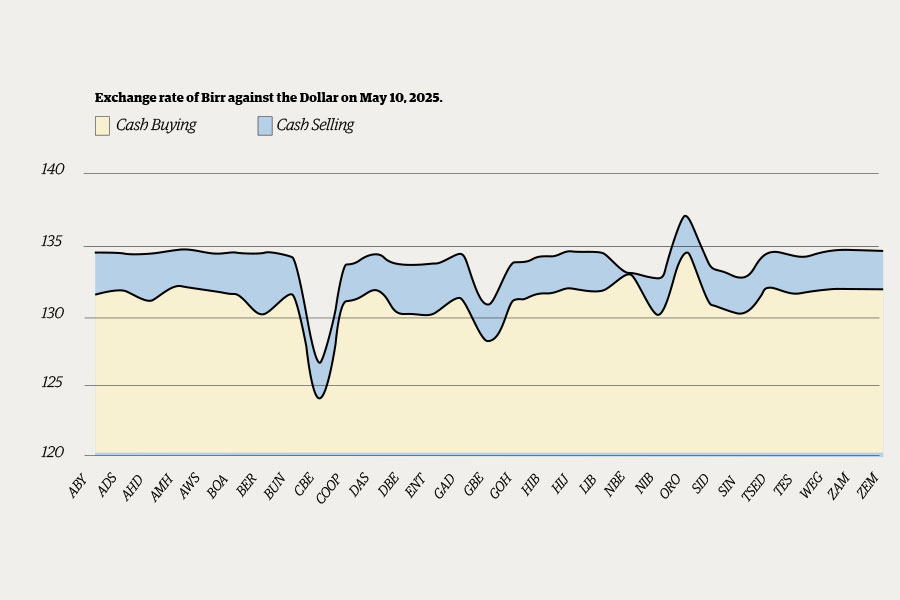
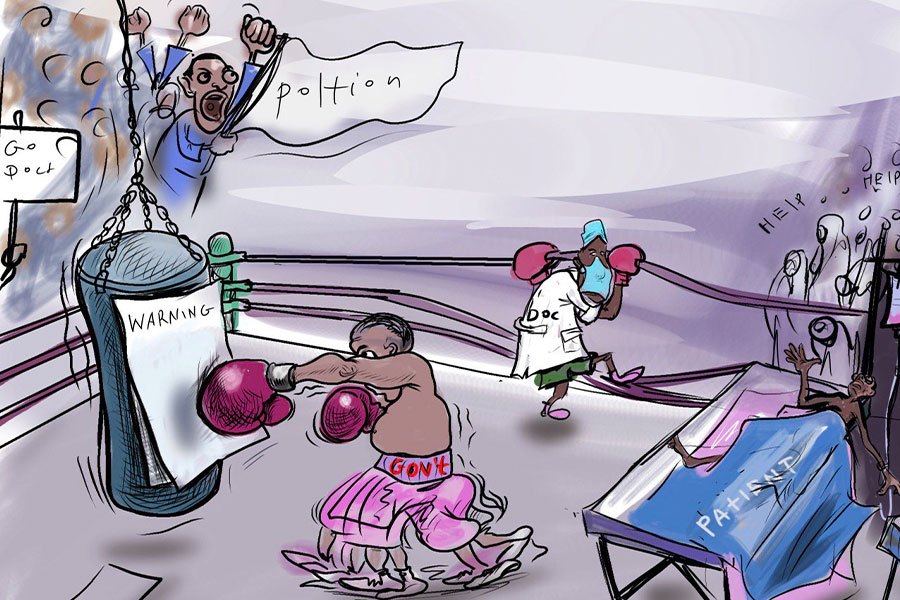
 Loading your updates...
Loading your updates...